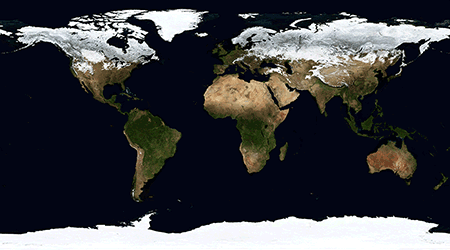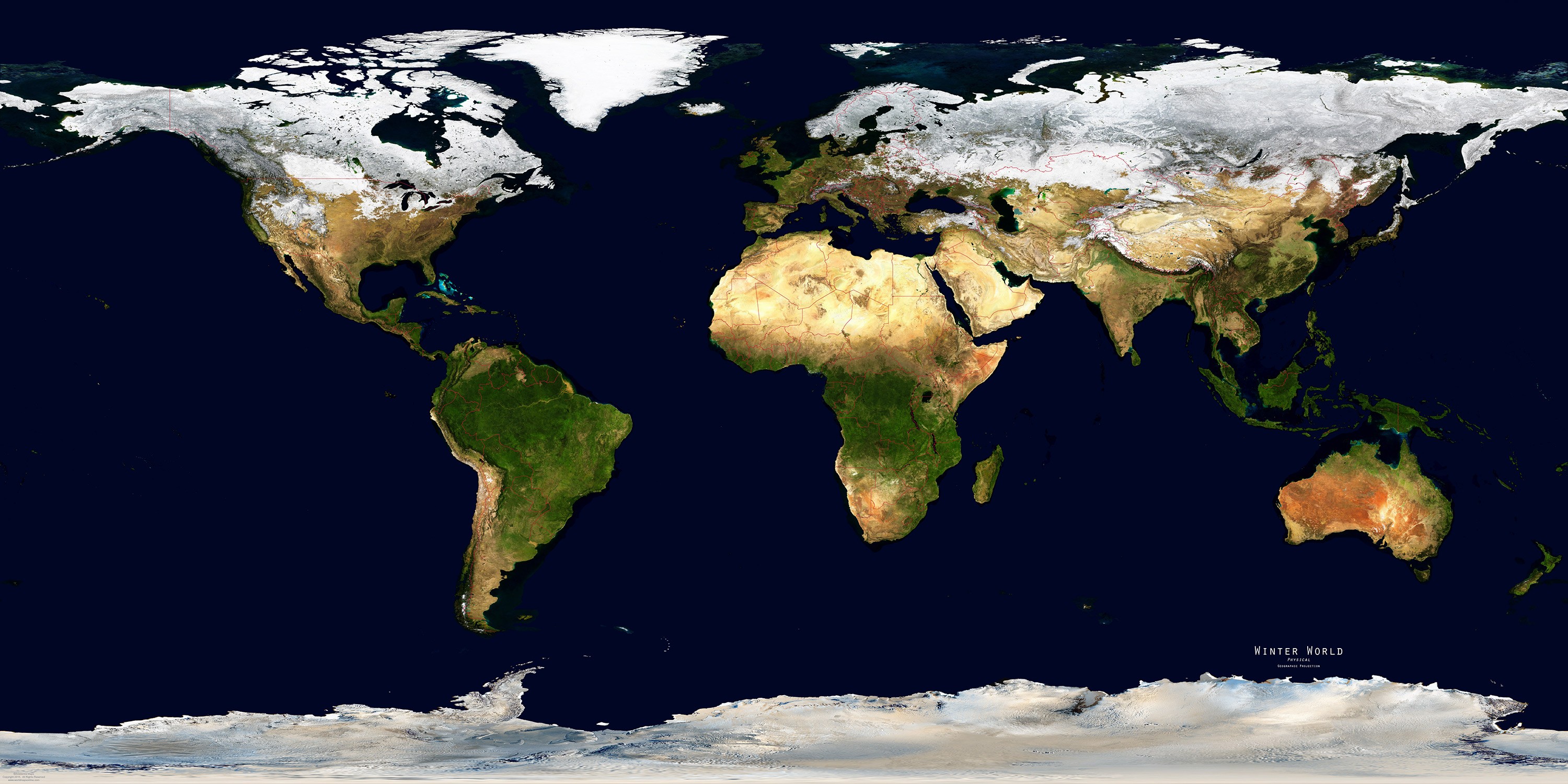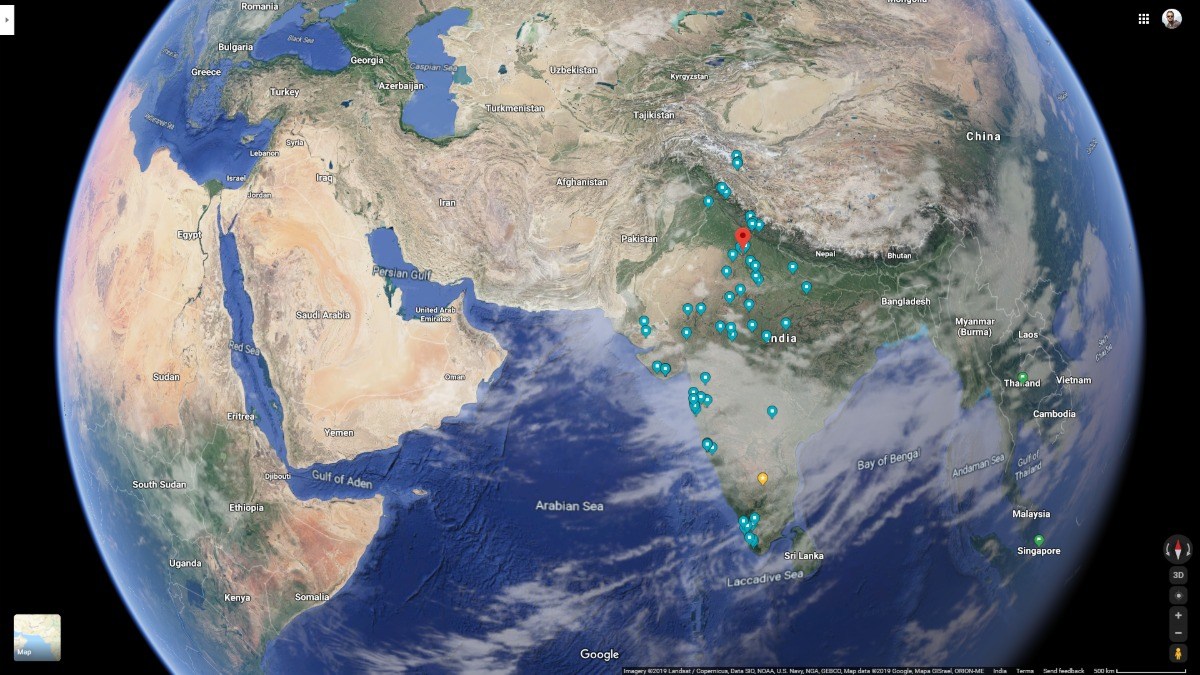

WiSci 2.0: Alexis Madrigal's Twitter, Google Reader feed, and book site for The History of Our Future Wired Science on Facebook. Orbiting Carbon Lab to Provide Missing Climate Data.Arctic Ice on Track for Another All-Time Low.CO2 Monitoring Satellite, Virgin Galactic Team Up.Time-Lapse Videos of Massive Change on Earth.The elevation data can be combined with other information that NASA gathers to create stunning renderings of terrain, like the one of Death Valley pictured below. Its launch failed in February, resulting in the destruction of the satellite.

One significant loss of the Earth Science program was the Orbiting Carbon Observatory, which was supposed to deliver key data for studying climate change. The agency currently has 15 satellites monitoring the globe and pumping out ever higher-resolution data about the processes that drive global change.

The changes reflect the "significant commitment to Earth Science on the part of the new Administration." LIVE REAL TIME SATELLITE TRACKING AND PREDICTIONS: UK-DMC Select any satellite orbiting the Earth and check where is located now. In its latest budget, the agency requested $1.2 billion more for studying our own planet than it had previously projected. The Obama administration has told NASA it would like to see more earth science, in addition to standard planetary exploration and astrophysics. It's a big improvement on the previous best topographic map publicly available, which was produced by the Shuttle Radar Topography Mission, and surveyed 80 percent of the world. All rights reserved.The map is available as a 26-megabyte TIF or you can download the data yourself from NASA. Labels and map data © OpenStreetMap contributors. Tropical storm tracks are created using the latest data from NHC, JTWC, NRL and IBTrACS. Satellite images of Earth at night have been a curiosity for the public and a tool of fundamental research for at least 25 years. Weather forecast maps show precipitation, wind, temperature and more using the latest global model data from DWD ICON and NOAA-NWS GFS. Move in all directions by press and drag the map or you can use the left, right, top, down buttons.

Zoom in or zoom out with scroller or with the + and buttons. Find your new travel destination by searching for a country, city and even a street name. Coverage is limited and may show glitches/anomalies. Earth View Maps is the first stop for every travel explorer. Radar maps show rain and snow detected in real-time. Heat sources show areas of high temperature using the latest data from FIRMS. HD satellite images are updated twice a day from NASA polar-orbiting satellites Aqua and Terra, using services from GIBS, part of EOSDIS. EUMETSAT Meteosat images are updated every 15 minutes. Live satellite images are updated every 10 minutes from NOAA GOES and JMA Himawari geostationary satellites. View LIVE satellite images, rain radar, forecast maps of wind, temperature for your location.


 0 kommentar(er)
0 kommentar(er)
